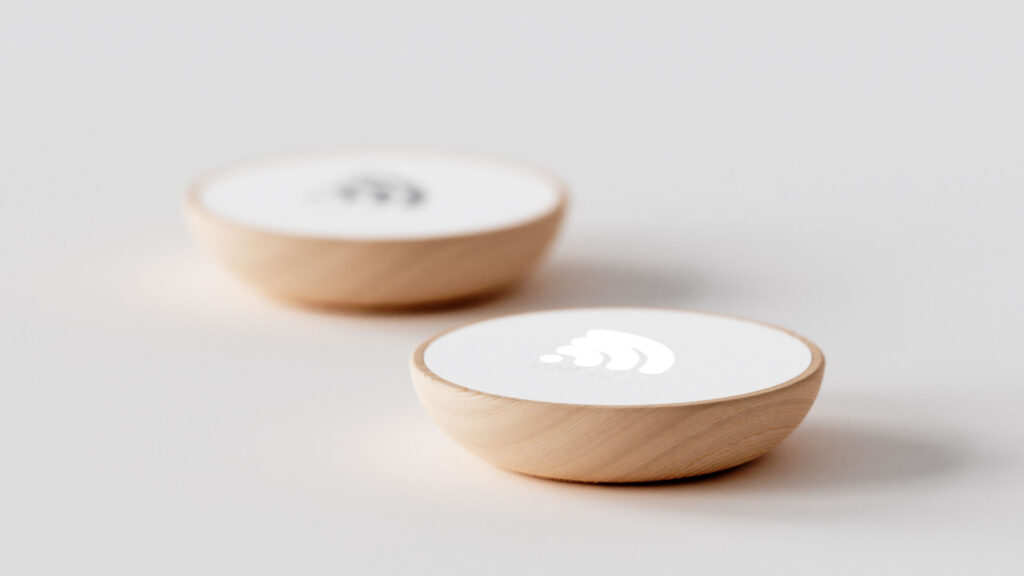In product design, the choice of materials is one of those decisions that may seem simple at first glance, but in reality have a much greater impact than we might imagine.
When we think of a product we like, it is easy to look at its design, its colour or how we feel when we use it, but something we often overlook is the material it is made of. However, something that is often overlooked is the material it is made of. Have you ever noticed how the coolness of metal in a phone can convey modernity, or how the softness of a cotton garment can make you feel comfortable and at home? Materials tell a story, evoke emotions and can influence our perception of their quality and value.
Discover in this article how different materials influence the design and perception of the products we use in our daily lives. Keep reading!
The Importance of Materials in Product Design
In product design every detail counts, and materials are one of the most important factors to consider, as each material brings unique characteristics that can transform how we perceive a product. When choosing a material, you should not only consider its functionality, but also how it contributes to the product’s narrative and enhances the user experience.
Plastic: A Versatile Material in Product Design
Plastic is one of the most common materials in product design, it is an incredibly versatile and inexpensive material that allows designers to play with innovative shapes and designs. However, the perception of plastic can vary greatly. A good quality plastic with a careful design can appear modern and affordable, while a low quality plastic can give the impression of being cheap and not very durable.

Glass: Elegance and Delicacy
Glass adds a touch of elegance and sophistication to product design. It is common in high-end products, such as smartphones and watches, where its brilliance and transparency symbolise luxury. However, its fragility is an aspect to consider, as it can influence the perception of the product as delicate. and less suitable for everyday use.
Wood: Warmth and Tradition
Wood is a material that brings warmth and a sense of tradition to product design. It is a material that connects with our emotions and evokes a sense of quality and authenticity.
Products made of wood, such as furniture or devices with wooden details, are often perceived as durable and well-crafted. However, wood can also convey fragility if not used properly, so it is important to find the right balance between design and functionality.

Textiles: Comfort and Familiarity
Textiles are fundamental in product design when it comes to comfort and a pleasant tactile experience. Natural materials such as cotton or wool are valued for their softness and comfort. As well as providing a pleasant feel, textiles can be aesthetically appealing, helping to create products that feel cosy and familiar.
Metal: Durability and prestige
Metal is synonymous with durability and prestige in product design. Materials such as stainless steel, aluminium and titanium are common in products that require strength and high performance. Metal products, especially those with polished finishes, are perceived as durable and high-end, although they can appear cold and unwelcoming in some contexts.

Ceramics: Exclusivity and Handicraft
Ceramic is a material that we often associate with art and exclusivity. Although it is not as common in all sectors of design, its use in tableware, decorative elements and high-tech components adds a touch of sophistication and craftsmanship.
Ceramic conveys the idea of something special, something that has been created with attention to detail. However, as with glass, the fragility of ceramics is an aspect to be taken into account, limiting its use to contexts where design and aesthetics are more important than durability.
The Impact of Materials on the Product Experience
In product design, materials are the essence that defines the identity of a product. Each material, whether plastic, wood, metal, glass, textile or ceramic, has its own language and conveys a unique set of sensations and emotions to the user.
Understanding how materials influence perception is key to creating products that connect emotionally with the people who use them. Good product design not only finds the balance between form and function, but also selects the right materials to tell the right story and create a memorable user experience.
Would you like to contact a product design company in Barcelona? Tell us about your project!



